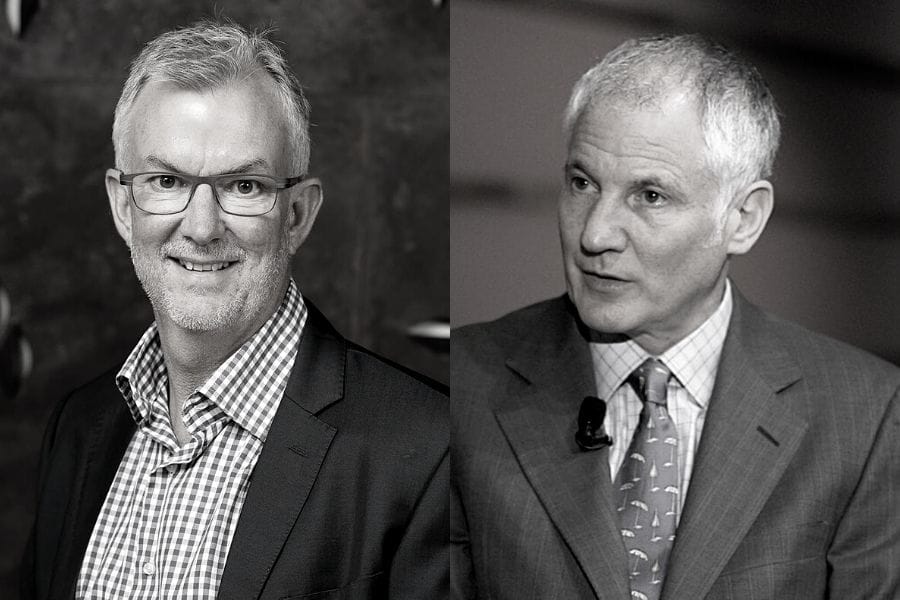The $160 billion Teacher Retirement System of Texas (TRS) has a long and celebrated prowess when it comes to investing in energy yet enduring underperformance in the asset class was a key focus during a recent board meeting.
TRS, whose beneficiaries live in the state responsible for around 40 per cent of US oil production, increasingly sets itself apart from other public pension funds grown wary of investing in fossil fuels as the world begins to tackle climate change.
A 10-strong internal team of GP, engineering and industry expertise runs a 6 per cent target allocation (currently 4.9 per cent) to private energy, natural resources and infrastructure assets in the ENRI portfolio, set up in 2013 with fossil fuel investment at its core in the hunt for inflation protection and uncorrelated returns.
Despite infrastructure (only added to the allocation in 2017) now accounting for more than energy (43.4 per cent vs 50 per cent with a 40 per cent weighting to energy in the benchmark) the poorly performing energy allocation continues to drag returns.
“It really is a tale of two cities,” explained Carolyn Hansard, senior investment manager, ENRI. “Energy has consistently underperformed since the portfolio was started. We had 14.5 per cent negative returns last year, we have seen negative returns of 7.1 per cent over three years and a negative return of 3.4 per cent since we started the portfolio.”
In contrast, infrastructure, which includes energy infrastructure assets in the midstream sector alongside other infrastructure assets, has delivered “pretty consistent” returns of close to 10 per cent on average over the same time periods. Returns from energy have been even tougher for public market investors, noted Hansard.
“If we had invested our portfolio in the public markets, the S&P1500 in energy over a one-year time period would have been a -35 per cent return versus our -14.5 per cent, over three years it would have been -19.6 per cent versus our -7.1 per cent.”
ENRI investments are split between funds and principal investments, which include direct and co-investments and are a key focus in the fund’s drive to cut fees. However, poor performing energy investments have also knocked the shine here. Principal investments have underperformed relative to funds because most of them have been in energy in line with TRS’s historical energy focus, said Hansard. Today 39 per cent of the ENRI portfolio is currently invested in principal investments, with a target of 40 per cent versus funds.
Opportunities
Yet while more investors flee fossil fuels, TRS sees opportunities and is ploughing on. Despite the underperformance of the allocation, Hansard believes unique opportunities still lie ahead for skilled investors because of the lack of capital now flowing into the sector.
“As one of few public investors with an energy focus, we think this is an opportunity as a sophisticated energy investor to provide capital,” she said.
The shortage of capital – exacerbated by the exodus of public investors in the sector too – is forcing energy companies to boost efficiencies, cut costs and only produce the best assets. It is also spurring an endless trail of M&A transactions in the space.
“It seems like one is announced every other day,” she told the board, describing the corporate scramble to combine and cut out excess cost in the US.
Elsewhere, the traditional cash infusion via the IPO route is increasingly blocked.
“There are very few new IPOs into the market,” she said. “Investors are leaving this space in the public markets. When we started this portfolio, energy accounted for over 10 per cent of the S&P500, now it’s less than 3 per cent.”
Difficult IPOs is one reason for the sharp fall in private equity investment in the sector. Private equity managers have failed to return any significant capital to investors in a sharp drop off most noticeable from 2017.
“Over a 10-year period private equity (in broad energy) has seen no appreciation of capital,” she said.
Meanwhile, managers trying to raise private equity energy focused capital are facing a difficult time – TRS only considered one fund last year.
“Our portfolio currently has $4 billion invested in the energy markets and we put in $2 billion of new capital every year. This far exceeds the last two year of private equity capital that was raised and was on par with 2018.”
It is not only efficient, cash-short producers with the best assets she sees as an opportunity. There is also a need for capital in rig financing where private equity investment now accounts for 50 per cent of total rig financing in the US. That said, the rig count in the US is down by half compared to several years ago as producers grow increasingly more disciplined about bringing oil out of the ground.
“With less supply there is a better price,” she countered.
Hansard concluded that the only sector of the energy industry not starving of capital is high yield where more risky producers can still access capital.
“There is still capital here, but only for the best producers with free cash flow,” she said. “Most of the capital is being used to shore up balance sheets.”



